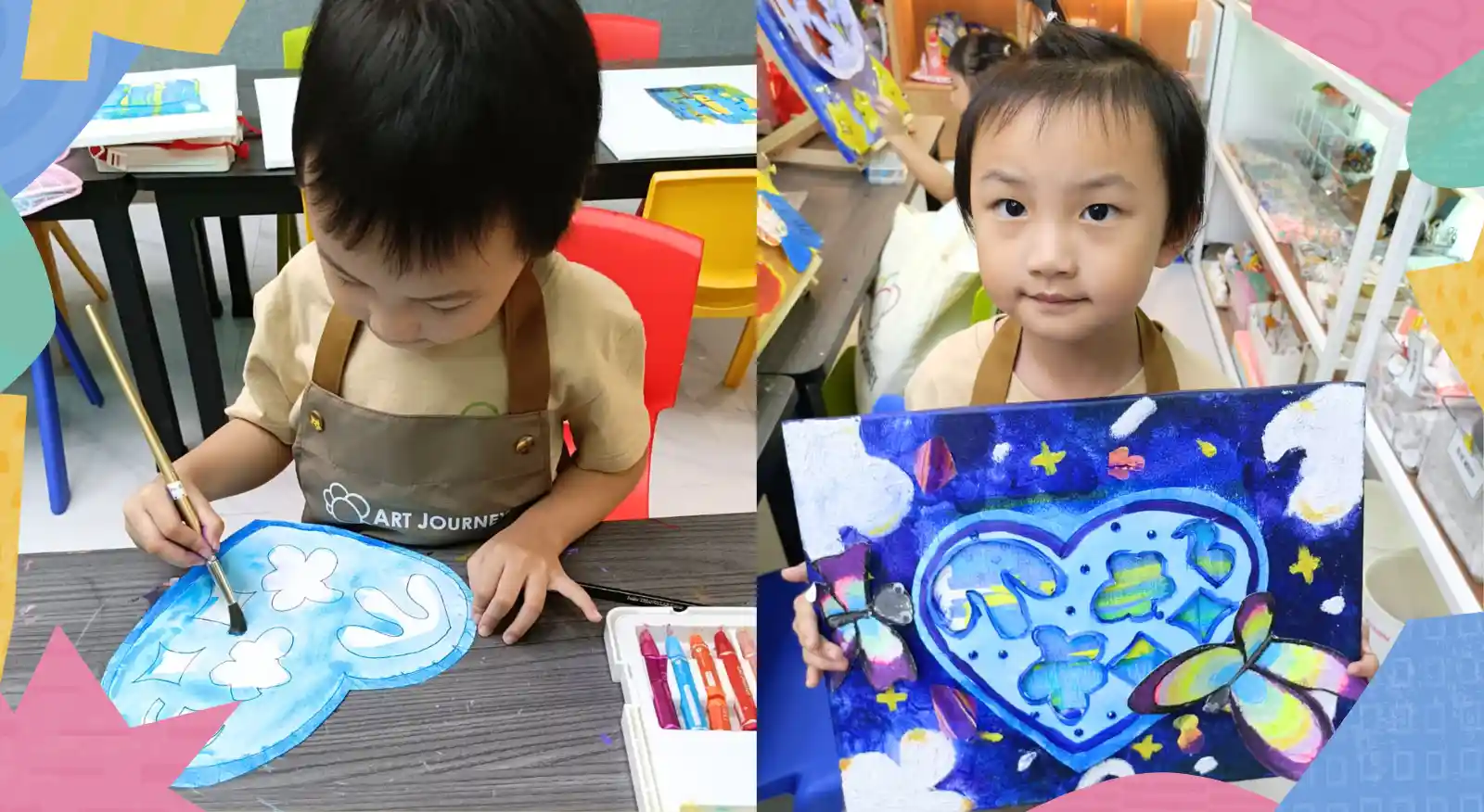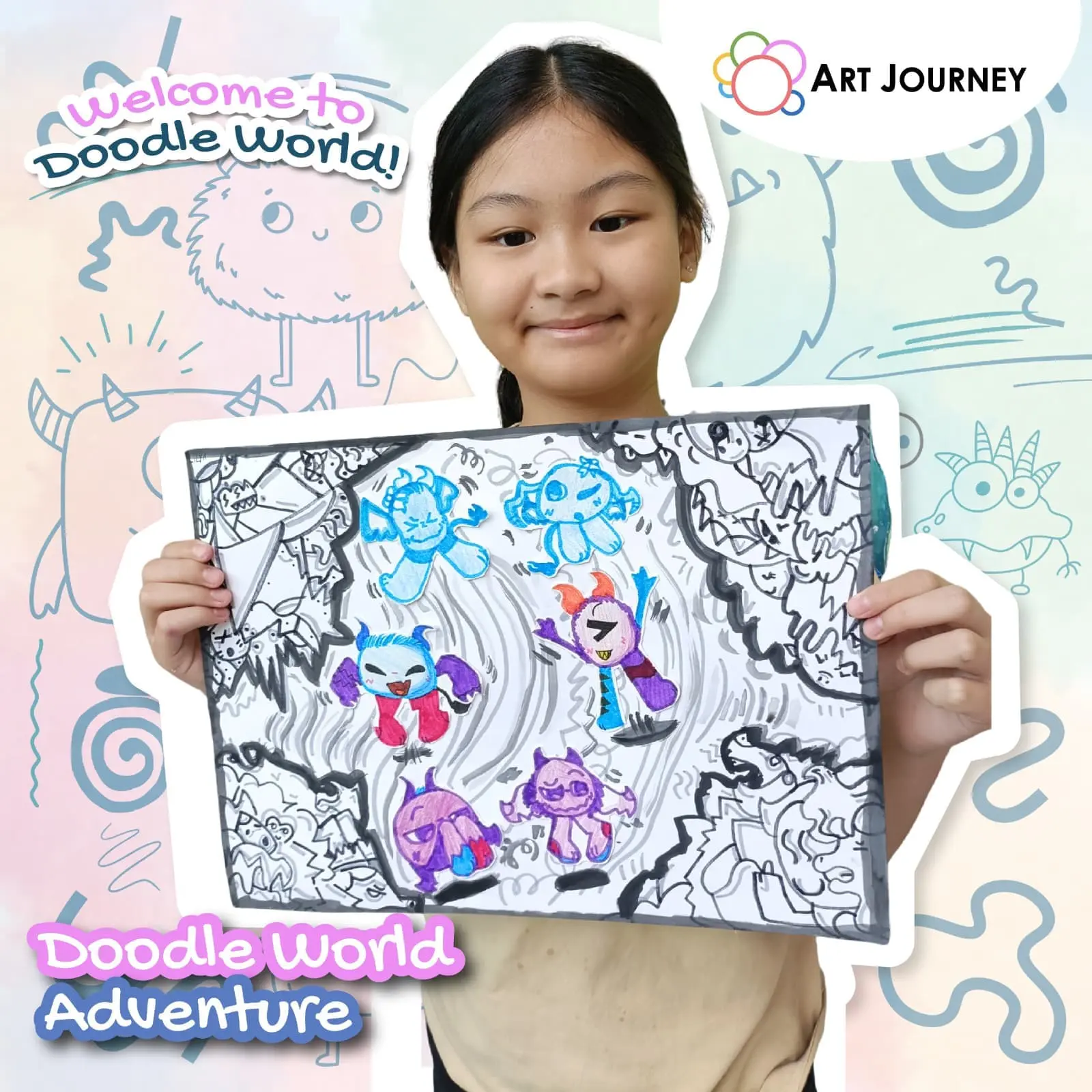
How Art Classes Improve Focus and Patience in Kids
In today’s fast-paced world filled with screens and constant stimulation, helping children develop focus and patience has become more important than ever. Many parents notice their kids struggle to sit still, complete a task, or handle frustration when things don’t go their way. But what if there was a fun, creative way to strengthen these skills naturally?
That’s where art classes come in. Through painting, drawing, and hands-on projects, children learn to slow down, concentrate, and appreciate the process — not just the outcome. In Singapore, art studios like Art Journey are helping children channel their energy into something productive and deeply rewarding.
Let’s explore how art helps children cultivate patience, focus, and emotional balance.
1. Art Teaches Kids to Slow Down and Observe
Art isn’t a race; it’s a process of discovery.
When kids draw, paint, or build something, they’re required to look carefully, think ahead, and plan their moves. This encourages mindful observation, helping them focus on small details and appreciate the beauty of progress.
For example, when painting a butterfly, children must pay attention to the shape of the wings, the symmetry, and the colors. Each step requires patience and focus — skills that transfer easily to schoolwork and everyday tasks.
2. Creativity Strengthens Concentration Over Time
Concentration doesn’t come naturally to most children. It develops with practice — and art provides the perfect training ground.
During an art session, kids can stay absorbed in a single activity for up to an hour without realizing how much time has passed. This state of deep concentration (sometimes called “flow”) trains their brain to stay focused for longer periods.
Over time, this ability extends beyond art. Kids who practice art regularly often perform better in school subjects that require sustained attention, such as reading or mathematics.
3. Art Encourages Patience Through Step-by-Step Creation
A painting or mosaic can’t be completed instantly. It takes time — mixing colors, sketching outlines, layering paint, and waiting for things to dry.
This gradual process helps children understand that good results take time. They learn to value effort over instant success, building patience that benefits them in all aspects of life.
At Art Journey, kids often work on multi-session art projects where each day focuses on a new step — planning, coloring, adding texture, and detailing. This rhythm helps them see how small efforts combine into something beautiful.
4. Handling Mistakes Builds Emotional Control
Art naturally teaches resilience. When a line goes wrong or colors don’t blend as planned, kids learn to adapt instead of giving up. They find creative ways to fix mistakes — turning accidents into unique parts of their design.
This process builds emotional regulation and problem-solving skills. Children begin to realize that mistakes are not failures but opportunities to improve — a lesson that greatly improves patience and confidence.
5. Art Boosts Mindfulness and Calmness
Many parents are surprised at how calm their children become during art classes. The quiet focus of painting or drawing helps slow the mind and body, similar to meditation.
In this peaceful environment, kids feel free to express themselves without pressure. This mindful state enhances concentration, lowers anxiety, and teaches children to enjoy stillness — a rare but valuable experience in today’s busy routines.
6. Art Projects Reinforce Goal-Oriented Thinking
Every artwork begins with an idea and ends with a finished piece. The process in between teaches goal-setting and persistence.
Kids learn to follow through with their plans, even when they get bored or face challenges. Completing a project provides a deep sense of achievement, reinforcing the value of seeing things through to the end.
In Art Journey’s classes, instructors often guide kids to visualize their finished artwork and then patiently build toward it step by step — a skill that applies beautifully to academics and life goals.
7. Group Art Classes Encourage Cooperation and Patience
Art isn’t always a solo activity. In group workshops, children learn to share materials, wait for turns, and collaborate on group murals or projects.
These experiences teach social patience — the ability to respect others’ time and space. Children also see how working together creates bigger and more exciting results than rushing to do everything alone.
8. Consistent Practice Builds Lasting Habits
Just like sports or music, consistency in art practice helps kids strengthen attention and patience.
With regular classes, kids develop discipline — learning that showing up and practicing steadily leads to progress.
Many parents at Art Journey notice that after a few months, their kids become calmer, more focused, and more confident in completing other tasks at home or school.
FAQs: How Art Helps Kids Develop Focus and Patience
Q1: What age is suitable for parent-and-child art workshops?
A: Most workshops welcome children aged 4 and above, depending on the activity. Simpler crafts like painting and mosaic are ideal for younger kids.
Q2: Do I need any art experience to join?
A: Not at all! These sessions are designed for beginners. Instructors guide both parent and child step by step to make it fun and easy.
Q3: How long does a typical parent-and-child workshop last?
A: Most sessions last between 1 to 2 hours, giving enough time to complete one project together without rushing.
Q4: What should we wear or bring?
A: Wear comfortable clothes that can get a little messy. Studios like Art Journey Singapore provide aprons, brushes, and materials — no need to bring anything extra.
Q5: Why choose Art Journey Singapore for family workshops?
A: Art Journey offers family-friendly, affordable, and creative workshops that encourage bonding through art. Parents and kids can explore mosaic, painting, and craft sessions together in a relaxing, welcoming environment.






